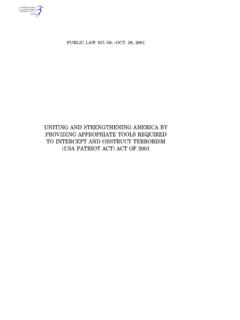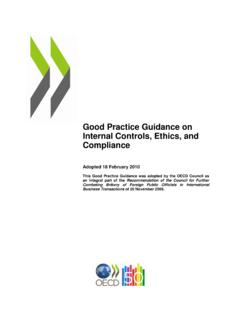Transcription of Principles of Community Engagement (Second Edition)
1 PR I NC I PL E S OF. Community Engagement . SE C ON D E DI T ION. Clinical and Translational Science Awards Consortium Community Engagement Key Function Committee Task Force on the Principles of Community Engagement PR I NC I PL E S OF. Community Engagement . SE C ON D E DI T ION. Clinical and Translational Science Awards Consortium Community Engagement Key Function Committee Task Force on the Principles of Community Engagement NIH Publication No. 11-7782. Printed June 2011. TABLE OF CONTENTS. CTSA Community Engagement Key Function Committee Task Force on the Principles of Community Engagement (Second Edition) iv Publication Development vi Foreword ix Executive Summary xiii Chapter 1: Community Engagement : Definitions and Organizing Concepts from the Literature 1.
2 Chapter 2: Principles of Community Engagement 43. Chapter 3: Successful Examples in the Field 55. Chapter 4: Managing Organizational Support for Community Engagement 91. Chapter 5: Challenges in Improving Community Engagement in Research 107. Chapter 6: The Value of Social Networking in Community Engagement 149. Chapter 7: Program Evaluation and Evaluating Community Engagement 161. Chapter 8: Summary 183. Appendix A: Acronyms . iii CTSA Community Engagement Key Function Committee Task Force on the Principles of Community Engagement (Second Edition). Donna Jo McCloskey, RN, PhD, National Center for Research Resources, NIH (Chair).
3 Sergio Aguilar-Gaxiola, MD, PhD, University of California, Davis (Co-Chair). J Lloyd Michener, MD, Duke University (Co-Chair). Tabia Henry Akintobi, PhD, MPH, Morehouse School of Medicine Ann Bonham, PhD, Association of American Medical Colleges Jennifer Cook, MPH, Duke University Tamera Coyne-Beasley, MD, MPH, University of North Carolina at Chapel Hill Ann Dozier, PhD, University of Rochester School of Medicine and Dentistry Robert Duffy, MPH, University of California, Davis Milton (Mickey) Eder, PhD, University of Chicago, Access Community Health Network Paul Fishman, PhD, University of Washington Jo Anne Grunbaum, EdD, Centers for Disease Control and prevention Sheila Gutter, PhD, Weill Cornell Medical College Karen Hacker, MD, MPH, Harvard University Michael Hatcher, DrPH, Agency for Toxic Substances and Disease Registry Suzanne Heurtin-Roberts, PhD, MSW, National Cancer Institute, NIH.
4 Mark Hornbrook, MD, Kaiser Permanente Center for Health Research Shantrice Jones, MPH, Centers for Disease Control and prevention Michelle Lyn, MBA, MHA, Duke University Mary Anne McDonald, DrPH, MA, Duke University David Meyers, MD, Agency for Healthcare Research and Quality Barbara Moquin, PhD, APRN, National Center for Complementary and Alternative Medicine, NIH. Patricia Mullan, PhD, University of Michigan Nancy Murray, DrPH, MA, University of Texas Health Science Center at Houston Ruby Neville, MSW, Substance Abuse and Mental Health Services Administration Cheryl Perry, PhD, University of Alabama at Birmingham Dana Sampson, MS, MBA, Office of Behavioral and Social Sciences Research, NIH.
5 Mina Silberberg, PhD, Duke University Meryl Sufian, PhD, National Center for Research Resources, NIH. Stephen Updegrove, MD, MPH, Yale University David Warner, MD, Mayo Clinic Charlene Raye Weir, RN, PhD, University of Utah Sharrice White-Cooper, MPH, Centers for Disease Control and prevention iv Editorial and Research Staff Mina Silberberg, PhD, Duke University (Chair). Jennifer Cook, MPH, Duke University Cheryl Drescher, BEd, Duke University Donna Jo McCloskey, RN, PhD, National Center for Research Resources, NIH. Sarah Weaver, MPH, Duke University Linda Ziegahn, PhD, University of California, Davis External Reviewers Barbara Alving, MD, FCCP, National Center for Research Resources, NIH.
6 Ahmed Calvo, MD, MPH, Health Resources and Services Administration Teresa Cullen, MD, MS, Indian Health Service William Elwood, PhD, Office of Behavioral and Social Sciences Research, NIH. Carol Ferrans, PhD, RN, FAAN, University of Illinois at Chicago Sarah Greene, MPH, University of Washington Thelma Hurd, MD, University of Texas Health Science Center at San Antonio Laurel Leslie, MD, MPH, Tufts University Leandris Liburd, MPH, PhD, Centers for Disease Control and prevention Doriane Miller, MD, University of Chicago Meredith Minkler, DrPH, University of California, Berkeley Jim Mold, MD, University of Oklahoma Sylvia L.
7 Parsons, National Center for Research Resources, NIH. Valerie Robison, DDS, MPH, PhD, Centers for Disease Control and prevention Eduardo Simoes, MD, MSc, MPH, Centers for Disease Control and prevention Bernard Talbot, MD, PhD, National Center for Research Resources, NIH. Nina Wallerstein, DrPH, University of New Mexico Anne Willoughby, MD, MPH, National Center for Research Resources, NIH. v PUBLICATION DEVELOPMENT. This publication was developed as part of the work of the Clinical and Translational Science Awards (CTSA) Consortium's Community Engagement Key Function Committee Recognizing that Community involvement is essen- tial to the identification of health concerns and interventions, the Committee created a task force on updating the 1997 publication Principles of Community Engagement , published by the Centers for Disease Control and prevention and the Agency for Toxic Substances and Disease Registry This project has been funded in whole with federal funds from the National Center for Research Resources, National Institutes of Health, through the CTSA program.
8 Part of the Roadmap Initiative, Re-Engineering the Clinical Research Enterprise The manuscript was approved by the CTSA Consortium Publications Committee . Publication development was a collaborative effort of the CTSA Community Engagement Key Function Committee, which included members from the National Institutes of Health, Agency for Toxic Substances and Disease Registry, and Centers for Disease Control and prevention This publication is in the public domain and may be reprinted or copied without permission . About the Developers The National Institutes of Health is a part of the U S Department of Health and Human Services Its mission is making important medical discoveries that improve health and save lives (www nih gov).
9 The Centers for Disease Control and prevention is a part of the U S Department of Health and Human Services and is the nation's prevention agency Its mis- sion is to promote health and quality of life by preventing and controlling disease, injury, and disability (www cdc gov) . The Agency for Toxic Substances and Disease Registry is a part of the U S . Department of Health and Human Services and is a federal public health agency Its mission is to prevent exposure and adverse human health effects and diminished quality of life associated with exposure to hazardous sub- stances from waste sites, unplanned releases, and other sources of pollution present in the environment (www atsdr cdc gov).
10 Vi For further information on the CTSA Consortium and the Community Engagement Key Function Committee, please visit www ctsaweb org . The findings and conclusions in this report are those of the authors and do not necessarily represent the official position of the Centers for Disease Control and prevention , the Agency for Toxic Substances and Disease Registry, or the National Institutes of Health . Editorial support was provided under the American Recovery and Reinvestment Act supplemental funding to the Duke CTSA, grant number UL1RR024128, and by Palladian Partners, Inc , contract number 3035468.
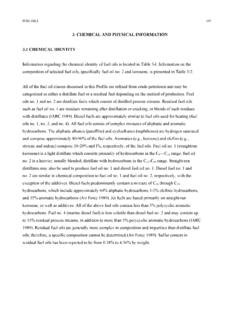
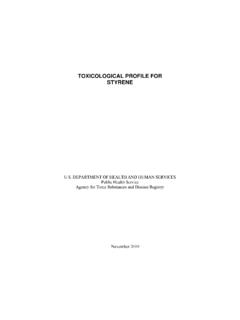
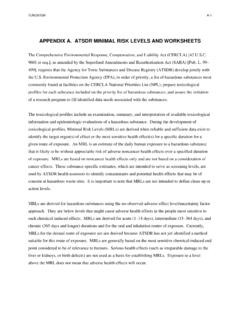
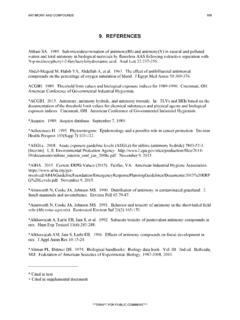
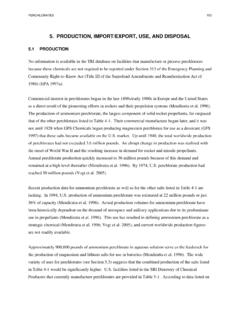
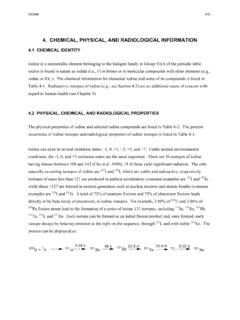
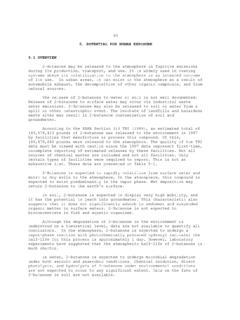
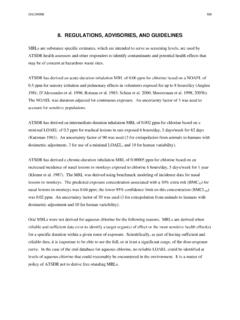
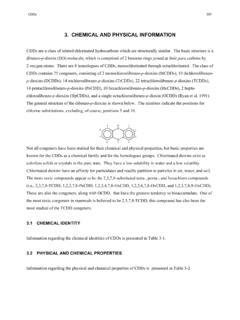

![[company name] Anti-Bribery & Anti-Corruption Policy](/cache/preview/4/2/0/2/0/a/5/7/thumb-42020a57b45d3af350baac2ffb44d17e.jpg)






